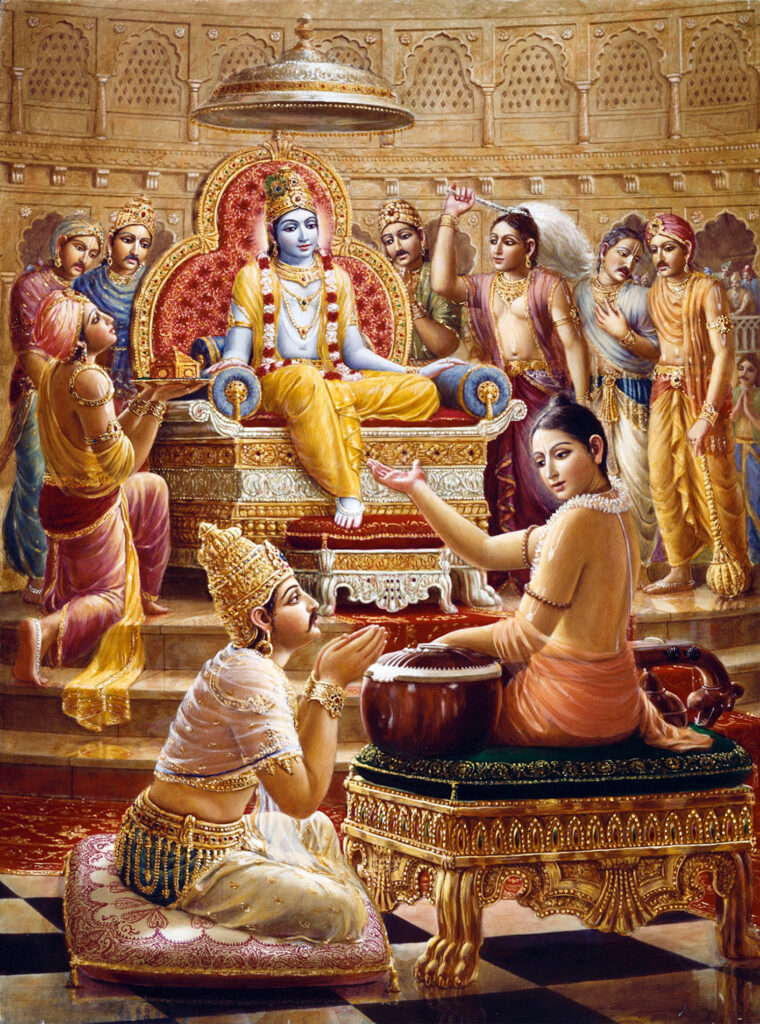On his purport to SB 2.4.18 Srila Prabhupada gives us a glimpse on how most of the ancient civilizations were actually formed by people who emigrated from India or were connected with Vedic culture. This gives us a quite valuable resource to better understand the history of humanity from the Vedic perspective.

For example, in the Vedas, the Greeks are called Pulindas and were in the past classified amongst the kṣatriya kings. However, later on, they gave up Brahminical culture and thus started being classified as mlecchas. When Maharaja Yudisthira became the king, the Pulindas were conquered by Bhima and Sahadeva. The Greeks are largely considered the birthplace of Western culture, therefore their Vedic origins are quite significant. In the Vana-Parva of Mahābhārata, it is mentioned that during Kali-yuga the Greeks would rule the world, which became true with Alexander the Great.
Another people mentioned are the Turks, called Yavanas in the Mahabharata. The Turks are descendants of an old Vedic community that started with Maharaja Yavana, one of the sons of Maharaja Yayati, who was given this part of the world to rule. Just like the Greeks, the Turks were originally Vedic ksatriyas, but later they gave up Vedic culture and became mlecchas. It’s described that the Yavanas joined Duryodhana in the Battle of Kurukṣetra.
Another people mentioned is the Abhiras, which correspond to people of the Caucasus regions, including what is nowadays Georgia, Armenia, Azerbaijan, and south of Russia. It’s mentioned that these people came from Ksatriyas who left India because of Parasurama and took shelter in the Caucasus mountains. It’s interesting to note that people in Georgia and Armenia are historically very strong and of very white skin. In the Armenian language, a great number of Sanskrit words (and especially names) are still used. These people also used to be very warrior-like, defeating many strong invasors over time. Historically they used to be worshippers of the sun, being converted to Christianity or Islam only within the last two thousand years.
It’s very probable that people from Russia and Europe are also descendants of these original Ksatrias, who over time migrated north. By different characteristics, it appears that the Celtics, as well as the different German tribes and the different Slavic groups, are also descendants of Vedic Ksatriyas. Before Christianity, the Russians were still largely following a type of Vedic culture, that included the worship of Radha and Krsna, as well as numerous demigods.
The Mongolians and Chinese, as well as other Asiatic groups, are described as Khasas, and their distinctive feature is stunted growth of hair on the upper lip. They were also originally Arian people who later abandoned Vedic culture. It’s interesting to note that in the sects of Bhudists found nowadays in Japan and Korea, the cult of demigods like Brahma and Indra is still present, a visible trace of the original Vedic culture.
According to modern paleontologists, the native Indians living in both North and South America are descendants of people who originally migrated from Asian countries. In this way, they can also be classified among the Khasas. This explains how tribes of native American Indians have a concept of the universe that is very similar to the model of the universe described in the Puranas (although much simplified), amongst other cultural traces that remind of Vedic culture.
The Huns are described as Huna. Historically their empire included parts of the territories of modern Russia and East Germany. There is not much information about the Huna, but apparently, they were also originally followers of Vedic culture who later became degraded. It appears that the modern Mongols, Huns, and Tatars derive from this tribe.
People from Siberia are described as the Sabarah, This group apparently includes people like the Yakuts, who still live there. Just as the Huna, the Sabarah are described as sinful on SB 2.7.46, apparently due to meat eating. Even today the Yakuts who still follow the traditional culture have a diet based on horse meat and mare (female horse) milk.
Western historians frequently explain such similarities on the basis of the Arian Invasion Theory (which is based on quite weak evidence), but when we study the Vedas the recent history of humanity becomes more clear.
